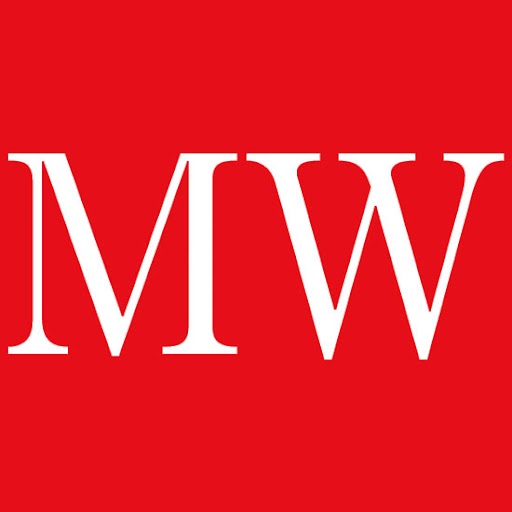A depositary receipt allows investors to access overseas shares in their own market and currency. Rather than buying an overseas share directly and facing currency issues, plus the headache of trying to buy via an overseas broker, an investor can buy an American Depository Receipt (ADR) in dollars or a Global Depository Receipt (GDR) in sterling or euros instead. This is a separate piece of paper that represents the underlying shares but is available in the investor's local currency and in their home market.
Typically, a bank will create the ADRs or GDRs by buying shares in the home market and then generating depositary receipts according to a ratio say, ten shares to one ADR.
An ADR investor then has similar rights to those of a normal shareholder. The ADR can be traded like a share and will also pay dividends, assuming the underlying company offers them.
MoneyWeek
Subscribe to MoneyWeek today and get your first six magazine issues absolutely FREE

Sign up to Money Morning
Don't miss the latest investment and personal finances news, market analysis, plus money-saving tips with our free twice-daily newsletter
Don't miss the latest investment and personal finances news, market analysis, plus money-saving tips with our free twice-daily newsletter
For more information on this topic, you can watch Tim Bennett's tutorial on how to invest in overseas companies.
Get the latest financial news, insights and expert analysis from our award-winning MoneyWeek team, to help you understand what really matters when it comes to your finances.
MoneyWeek is written by a team of experienced and award-winning journalists, plus expert columnists. As well as daily digital news and features, MoneyWeek also publishes a weekly magazine, covering investing and personal finance. From share tips, pensions, gold to practical investment tips - we provide a round-up to help you make money and keep it.
-
 NS&I cuts interest rates on 8 savings accounts
NS&I cuts interest rates on 8 savings accountsNS&I will now offer less attractive interest rates for customers wishing to lock their savings away to grow for one, two, three or five years.
-
 Investors will reap long-term rewards from UK equities
Investors will reap long-term rewards from UK equitiesOpinion Nick Train, portfolio manager, Finsbury Growth & Income Trust, highlights three UK equities where he’d put his money

